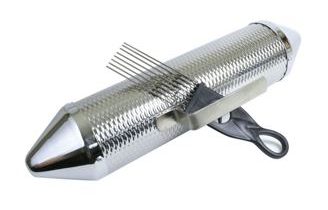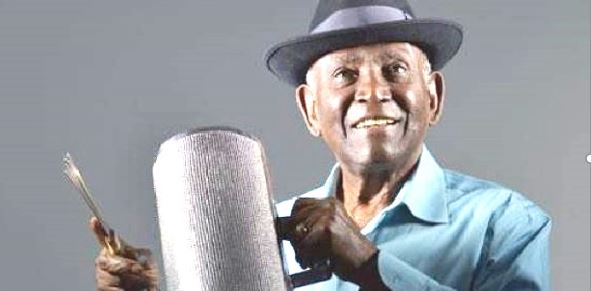This post is also available in:
 Español
Español
The güira has two distinct qualities when compared to the two other instruments in this percussion family; it’s the only one made of metal and is the only female.
The güira also happens to be the mother of the Dominican rhythms of Merengue and Bachata.
That much is what most of us know about this instrument. But there’s much more to the story of the güira, as her offsprings are spread throughout Latin America.
Güira in Merengue
It turns out that the güira is best known as part of the female duo of percussion instruments that gave birth to the Merengue. The other instrument, as you may know, is the Tambora.
Without güira and tambora there’s no Merengue.
You may ask; why is it made of metal sheet? Well, that’s a question I couldn’t find an answer to.
However, in the middle of the 19th century, when Merengue was developed in the Dominican Republic, the Taino Indians had long passed along the güiro to the inhabitants of the Caribbean.

Using my wild imagination, I believe that along with the Tambora and a string instrument (be that a guitar or even a Tres), the güira must have been used to develop the Merengue because the natural form of güiro wasn’t sturdy enough.
We know the Merengue is possibly the fastest paced rhythm in the Caribbean. There’s evidence that it was sped up even more in the 1960’s and 70’s. If you’ve been to a dance with Johnny Ventura, Wilfrido Vargas, or Patrulla 15, you know what I mean. You’ll look like you just finished playing basketball after dancing one of those Merengues.
With that frantic pace, I imagine that a Güícharo-like instrument wouldn’t last long. How do you solve that problem? Make the instrument out of a sheet of steel. There’s no breaking that!
The sound with metal is more acute than with a plant-based güiro, and perhaps the Dominicans of the time loved the new sound even more.
As you know, good ideas spread, and that’s exactly what happened with the güira.
Güira Beyond Merengue
It turns out that the güira is used in other musical genres throughout Latin America. It’s used with the very same name in Colombia by certain bands of Cumbia and even Vallenato.
However, the güira is also known as the guayo. Some argue the güira and the guayo are slightly different variants of the same instrument. The fact is the name is used interchangeably.

The guayo is the instrument used in the Cuban Changüí, the folkloric music of the west part of the island (Oriente) that is credited to be the precursor of the Cuban son. And the son is the precursor of the modern day Salsa.
So while in Dominican Republic the güiro gave path to the güira (guayo), in Cuba the guayo gave path to the güiro as the music evolved from the Changüí. Let me clarify that many other Cuban rhythms never used the guayo.
The Changüí originated in Cuba in the 19th century, presumably in its early years. It’s known that its origins trace back to Haiti, which shares the island of Hispaniola with the Dominican Republic. So, if I let run my wild imagination again, it’s not so far-fetch to think that the instrument found its way from the Dominican Republic, through Haiti, to Cuba.
Making the Instrument
In the video below you can see an interview with a güira maker as he shows how it is made (in Spanish).
Part of Our Musical Culture
With the widespread popularity of Merengue and Bachata, and the use of the güira in other genres throughout Latin America, is safe to say that this instrument has a special place in our Latin American musical culture.
Playing the Güira
Lastly, I found this video of a güirero playing the güira to the music of Juan Luis Guerra’s song “Las Avispas“. You can see the skill that goes into it, and how this instrument is so important in the merengue rhythm.
Note: In our next part of this blog series, we’ll take a look a the Guícharo. Or you can go back to check our previous blog on the Cuban Güiro.


[…] previous blogs, we discussed the Güiro and the Güira. In this final blog of this series, we’ll discuss this instrument which is mostly associated […]